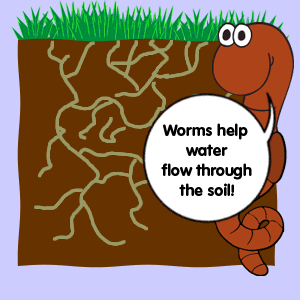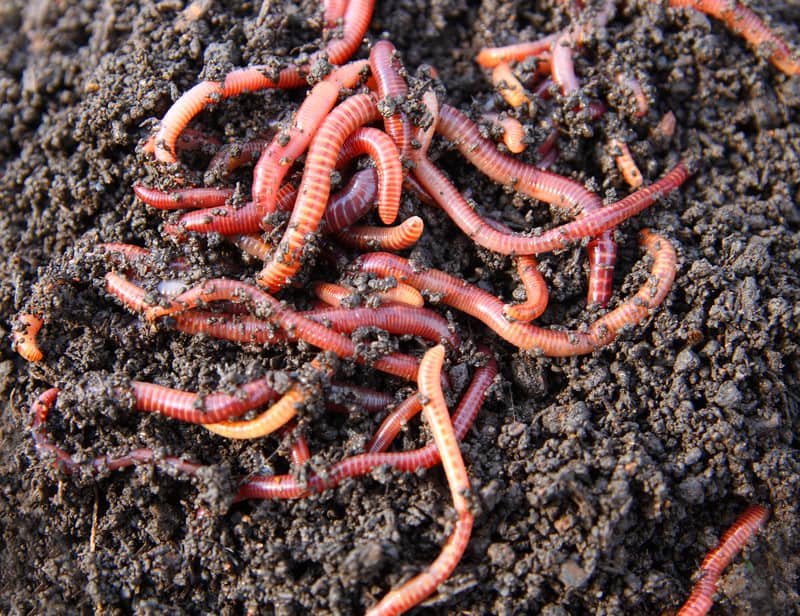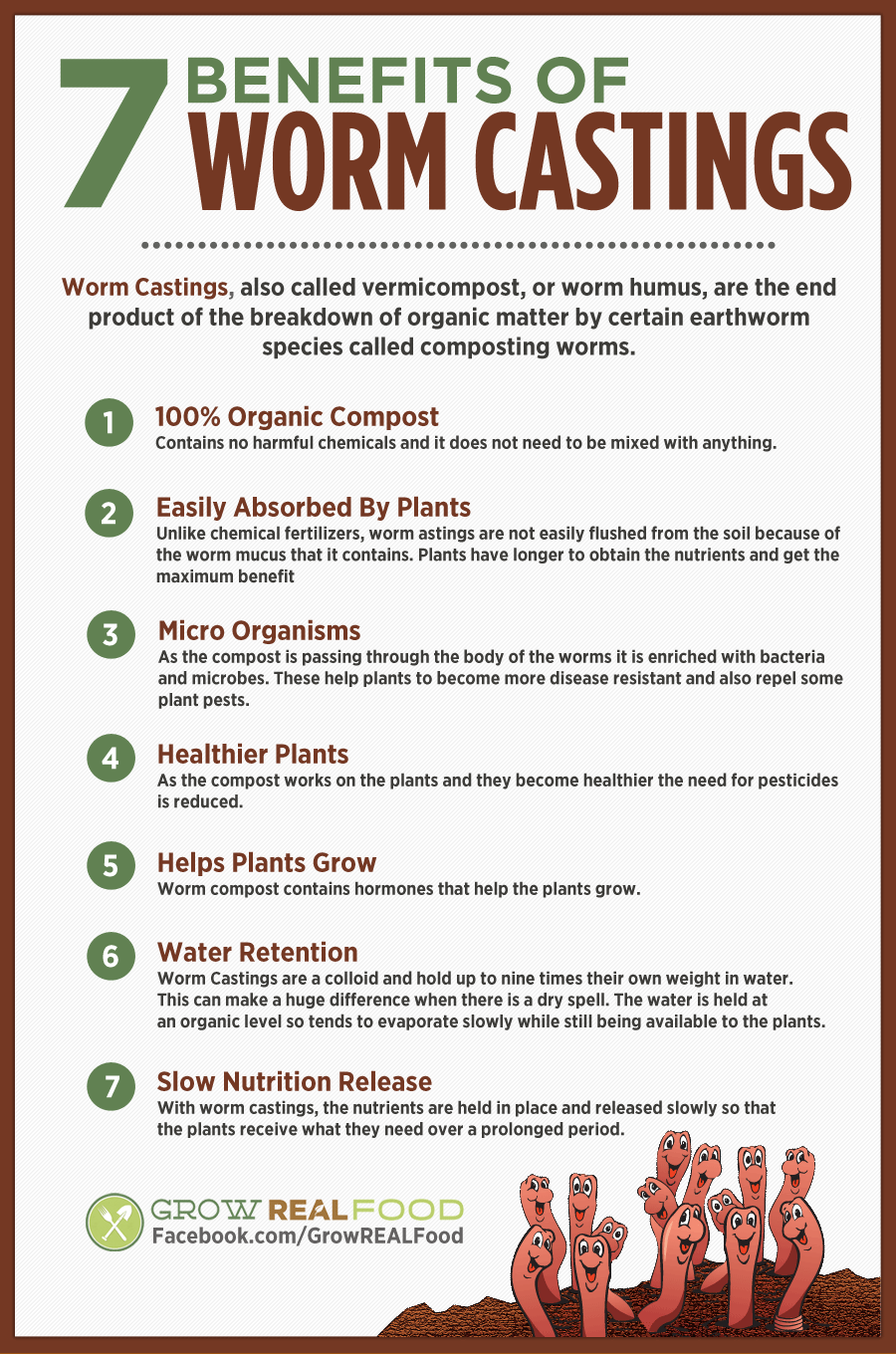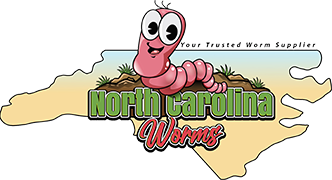Some Ideas on North Carolina Worms You Should Know
Table of ContentsThe Ultimate Guide To North Carolina WormsExamine This Report on North Carolina WormsThe Best Guide To North Carolina Worms7 Simple Techniques For North Carolina Worms
Example: 1-gallon of worm spreadings to 4 gallons of potting mix. 1/2 cup in the base of the planting opening for smaller plants. 1 mug for larger plants.
The enhancement of tea can likewise add raised microbial biomass to your dirt. You can always side-dress your plants with worm spreadings any time. Just remember, the microbes will certainly pass away if revealed to UV rays (Sunlight), so make certain to cover the castings with an inch approximately of soil.
This baffled them for years up until the screening techniques came to be better. It would certainly obtain much better(with even more castings), level off, and after that decrease. Too several worm castings would increase the growth to a speed that the plant could not recuperate from.
Get This Report on North Carolina Worms
I have expounded the merits of worm castings for about 2000 words. Worm castings are no different. It takes time to create quality worm spreadings.
Worm spreadings absolutely set you back more than chemical fertilizers. Worm castings are on the less expensive end of organic plant foods. (50 gallons per year) It is a much more challenging and really expensive investment to produce big amounts of worm castings.

Producing a healthy dirt may be the best benefit of worm castings. We reviewed worm castings NPK and additionally the appropriate nutrient analysis that need to use to worm castings.
The Single Strategy To Use For North Carolina Worms
We spoke concerning some of the negative aspects connected with worm spreadings. I covered a great deal of product in this article.
The vertical burrows are generally open, although the worms cap the top with deposit and excrement. Roots require oxygen for their development, whereas they create carbon dioxide that needs to leave the dirt.
Earthworms raise porosity by 2 systems: (1) by creating irreversible burrows, and (2) by enhancing soil gathering. Gathering is improved by the blending of dirt and organic matter in the earthworms' intestines. Where to buy worms in NC. These very secure aggregates are transferred by some earthworms in their burrows, and by others at the surface area of the soil


In an additional study, earthworms were estimated to eat 4 to 10 percent of the top 6 inches of the soil every year. Dirt compaction lowers the porosity of the soil.
Fascination About North Carolina Worms
Normal earthworm populations can conveniently consume 2 lots of dry matter per acre per year, partially absorbing and mixing it with soil. The importance of earthworms to mix surface deposit with soil comes to be really clear in dirts that do not have any kind of earthworms. Many of our Pennsylvania dirts contend least some earthworms, and the effect of their full lack, consequently, can not be noted.
(https://helpsellmyfsbo.com/united-states/lenoir/north-carolina-worms)In these soils, the formation of topsoil with sensible natural issue web content did not occur, causing inadequate plant growth. Once the cause was established, the government of the Netherlands started a project to present earthworms. After the intro of the earthworms, a dark topsoil layer was formed, and crop growth enhanced considerably.
They live primarily from partly decayed raw material that is already integrated in the dirt. They eat their means through the soil, developing horizontal burrows that they load with their excrement. These varieties consume huge quantities of dirt that they combine with absorbed plant deposit in their intestines. or anecic types reside in permanent upright burrows that can be 5 or 6 feet deep.
These varieties consume significant amounts of soil that they mix with absorbed deposit in their intestines. Their excrement is mainly transferred at the surface area of the soil.